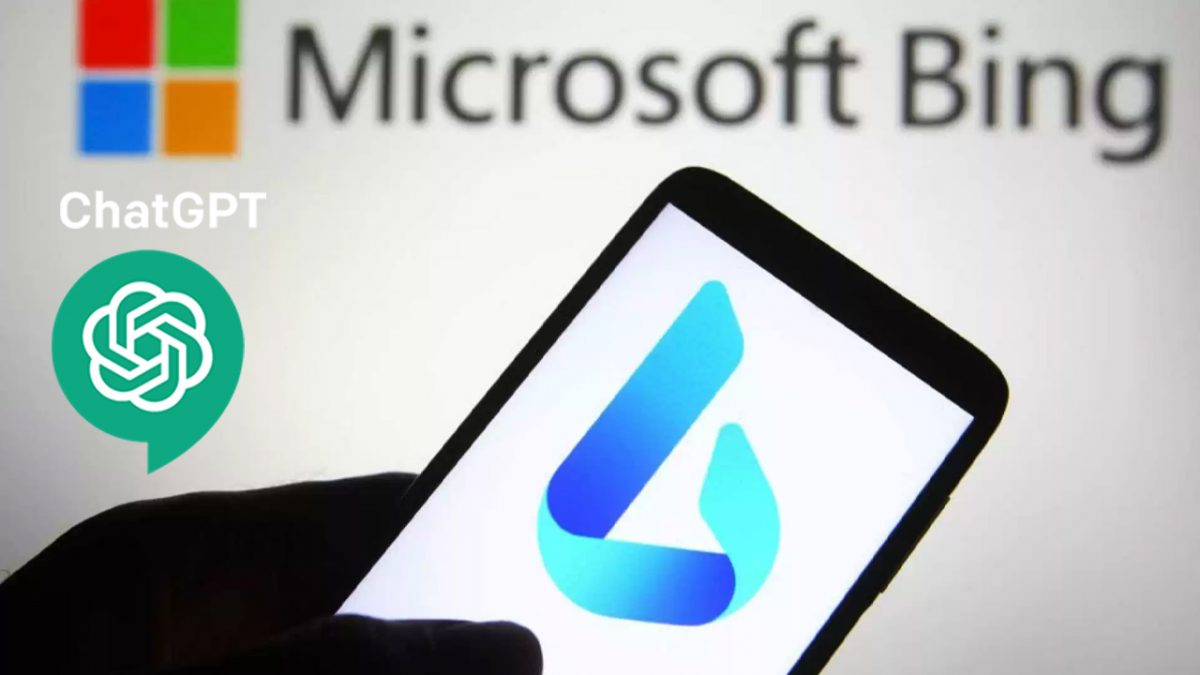Discover how storytelling can elevate your design to new heights. Learn how to create a compelling narrative that inspires your audience and makes your design stand out from the competition.
Design is more than just a visual medium. It’s a powerful tool that can communicate emotions, ideas, and stories in ways that words alone cannot. Every great design begins with an even better story, a narrative that captures the imagination and inspires action. Whether you’re designing a website, a product, or a marketing campaign, storytelling can help you connect with your audience on a deeper level and create an unforgettable experience.
Contents
😍😍 CONTENT 😍😍
SWOT Analysis of Storytelling in Design:
Strengths:
- Storytelling helps to create emotional connections with your audience.
- It makes your design more memorable and impactful.
- It allows you to communicate complex ideas and messages in a simple, engaging way.
- It sets you apart from your competitors and helps you stand out in a crowded marketplace.
Weaknesses:
- Poor storytelling can detract from the overall design and message.
- It can be challenging to create a compelling narrative that resonates with your audience.
- Over-reliance on storytelling can lead to a lack of focus on other critical design elements.
Opportunities:
- Incorporating storytelling into your design can help you reach new audiences and expand your brand.
- It can differentiate you from competitors who don’t use storytelling.
- Storytelling can be used across different platforms, from social media to print and packaging.
Threats:
- Your story can be misinterpreted or misunderstood, leading to negative feedback and a damaged reputation.
- Other companies may try to copy your storytelling approach, diluting its impact.
- Storytelling can be seen as a gimmick or a trend, leading to skepticism and lack of interest from your audience.
How to Use Storytelling in Your Design:
- Start with the problem or challenge your design is addressing. Every good story has a conflict, and your design is no different. Identify the pain points or needs that your audience is facing and use them as the foundation for your narrative.
- Develop your characters. Who is your audience, and what are their goals and aspirations? Create personas that represent your target market and use them to shape your story.
- Establish a clear plot. What is the central message or theme of your design? What journey do you want your audience to go on? Make sure your story has a beginning, middle, and end, and that it leads to a clear call-to-action.
- Use visuals to support your story. Visuals are a critical part of any design, but they are especially important when it comes to storytelling. Use images, colors, and typography to reinforce the narrative and create an emotional impact.
- Test and iterate. Like any design element, storytelling requires testing and iteration. Get feedback from your audience and use it to refine your narrative until it resonates with them.
FAQs:
- What is the role of storytelling in design? Storytelling is a powerful tool that can help you create emotional connections with your audience, communicate complex ideas, and differentiate yourself from your competitors.
- How can I create a compelling narrative for my design? Start with the problem or challenge your design is addressing, develop characters that represent your target market, establish a clear plot, use visuals to support your story, and test and iterate until your story resonates with your audience.
- What are some examples of companies that use storytelling in their design? Apple, Nike, and Coca-Cola are all companies that use storytelling in their design to create emotional connections with their audience and differentiate themselves from competitors.
- Is storytelling effective for all types of design? Storytelling can be effective for all types of design, from websites and apps to product design and marketing campaigns. However, it’s essential to use storytelling in a way that supports the overall design and message, rather than relying on it as a gimmick or trend.
- What are some common mistakes to avoid when using storytelling in design? Some common mistakes to avoid include:
- Focusing too much on the story at the expense of other critical design elements
- Using storytelling as a gimmick or trend, rather than a meaningful way to connect with your audience
- Creating a story that is disconnected from your brand or product
- Using too much jargon or complex language that alienates your audience
- Neglecting to test and iterate your story until it resonates with your audience.
- Can storytelling help with brand loyalty? Yes, storytelling can help with brand loyalty by creating emotional connections with your audience and inspiring them to take action. When you tell a compelling story that resonates with your audience, they are more likely to remember your brand and become loyal customers.
- How can I measure the impact of storytelling in my design? There are several ways to measure the impact of storytelling in your design, including:
- Conducting user testing and gathering feedback from your audience
- Tracking engagement metrics, such as clicks, shares, and conversions
- Monitoring social media mentions and sentiment
- Conducting surveys and gathering data on brand awareness and loyalty.
- What are some examples of storytelling in design? Examples of storytelling in design include:
- Apple’s “Think Different” campaign, which used storytelling to position the brand as a revolutionary force in the tech industry.
- Nike’s “Just Do It” campaign, which used storytelling to inspire athletes and connect with their core audience.
- Coca-Cola’s “Share a Coke” campaign, which used storytelling to create an emotional connection between the brand and its customers.
Conclusion:
Storytelling is a powerful tool that can help elevate your design to new heights. By creating a compelling narrative that resonates with your audience, you can set yourself apart from competitors and create an unforgettable experience. However, it’s essential to use storytelling in a way that supports the overall design and message, rather than relying on it as a gimmick or trend. With the right approach and testing, storytelling can help you create emotional connections, drive engagement, and build brand loyalty.
Related Posts




